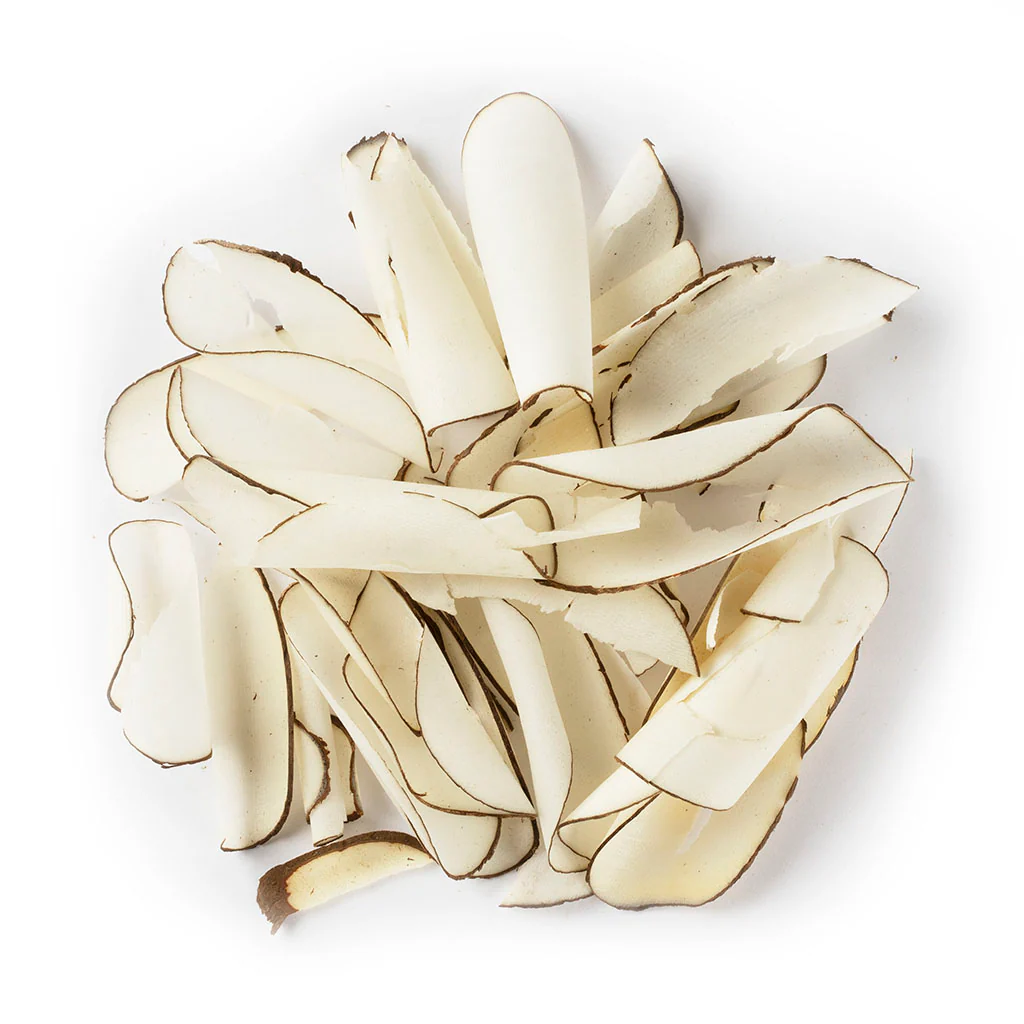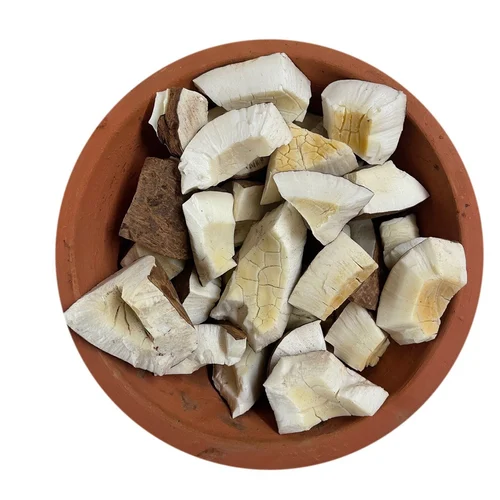INTRODUCTION:
The sea coconut, most famously represented by the Coco de Mer palm native to the Seychelles Islands, is a remarkable tropical fruit known for producing the largest and heaviest seed in the world. This unique seed, often weighing up to 30 kilograms, has a distinctive shape that resembles a double coconut or even human anatomy, which has fascinated people for centuries. Growing slowly in coastal sandy soils, the sea coconut is not only prized for its rarity and beauty but also holds cultural significance, symbolizing fertility and natural wonder. Due to its limited habitat and slow growth, the sea coconut is a protected species, playing an important role in the ecology and heritage of its native regions.

Hindi: समुद्री नारियल (Samudri Nariyal)
Tamil: கடல் தென்னை (Kadal Thennai)
Telugu: సముద్ర కొబ్బరి (Samudra Kobbari)
Kannada: ಸಮುದ್ರ ತೆಂಗಿನಕಾಯಿ (Samudra Tenginakayi)
Malayalam: കടൽ തേങ്ങ (Kadal Thenga)
Marathi: समुद्री नारळ (Samudri Naral)
Gujarati: સમુદ્રી નાળિયેર (Samudri Naliyera)
Bengali: সামুদ্রিক নারকেল (Samudrik Narkel)
Punjabi: ਸਮੁੰਦਰੀ ਨਾਰੀਅਲ (Samundari Nariyal)
Odia: ସାଗର ନଡ଼ିଆଳ (Sagara Nadiyal)
Urdu: سمندری ناریل (Samundari Nariyal)
HEALTH BENEFITS:

Nutrient-rich:
Dried sea coconut contains essential vitamins (like C and E) and minerals (like potassium and magnesium).
Antioxidant properties:
It contains antioxidants like phenolic compounds and vitamin E, which help fight free radicals and reduce the risk of chronic diseases.
Healthy fats:
It contains healthy fats, including medium-chain triglycerides (MCTs), which can provide a quick source of energy and may support cognitive function.
Digestive health:
The high fiber content promotes healthy digestion, can aid in weight management, and helps prevent constipation and bloating.
Skin health:
The oil from sea coconut is rich in fatty acids and can be used topically to hydrate dry skin, soothe irritation, and improve overall skin health. It’s also believed to help moisturize skin when consumed.
Soothes dry coughs and sore throats:
Known for its ability to moisturize the lungs and relieve dry, persistent coughs and irritated throats.
Dispels internal heat:
Considered a “cooling” food, it is used to remove internal heat and is a popular ingredient in dessert soups, especially during hot weather.
Aids digestion:
Used as a remedy for stomach issues such as nausea, upset stomach, and bloating.
Nourishes the skin:
The hydrating effects of sea coconut are believed to help moisturize the skin and improve its overall health.
SIDE EFFECTS:

Weight gain:
Dried coconut is calorie-dense due to its high concentration of fats. Overindulging can contribute to weight gain.
High cholesterol:
Regular, high consumption of dried coconut may increase cholesterol levels due to its high saturated fat content.
Increased blood sugar:
The drying process can increase the concentration of sugar. People with diabetes should be cautious, as excessive intake can cause spikes in blood sugar.
High sodium content:
Some commercial sea coconut powders may contain added sodium, which can increase blood pressure if consumed in large quantities.
Reduced hydration:
Unlike fresh coconut, dried coconut lacks water and does not contribute to hydration.
HOW TO USE:
Rehydrating for Consumption
If you have dried sea coconut jelly (the edible part inside the seed), soak it in water for a few hours or overnight to soften it before using in drinks or desserts.
In Cooking and Baking
Once rehydrated, dried sea coconut can be chopped and added to fruit salads, puddings, or sweet dishes to add texture and flavor.
Making Tea or Infusions
Some people use dried sea coconut pieces to brew a mild, refreshing tea. Simply boil the dried bits in water, strain, and enjoy as a cooling drink.
Grinding into Powder
Dry sea coconut can be ground into a powder and used as a flavoring agent or thickener in certain recipes or traditional remedies.
Preservation
Dry sea coconut stores longer than fresh and can be kept in an airtight container away from moisture, making it handy for off-season use.
Precautions
Make sure you are not allergic before eating a lot.
Wash the sea coconut well before use.
Keep fresh sea coconut in the fridge to stay fresh.
Don’t eat too much at once to avoid stomach problems.




